This Giant Wasp Is Just a Harmless Moth in Disguise
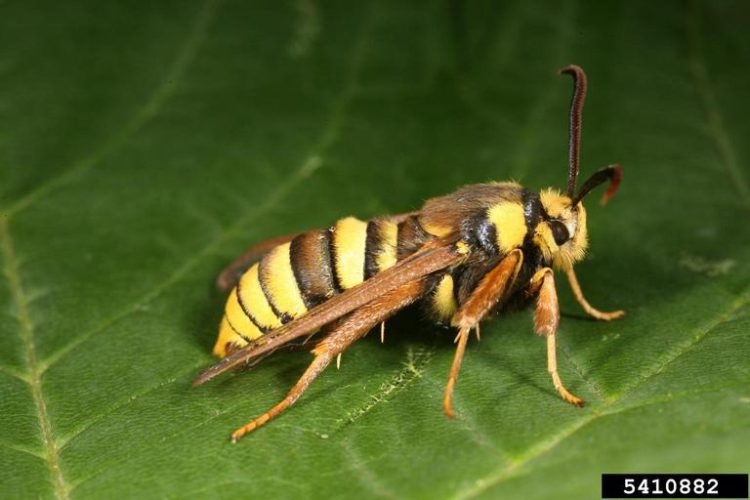
The European Hornet Moth (Sesia apiformis) looks terrifying at first glance, but its uncanny resemblance to a giant wasp is just an elaborate disguise meant to keep predators at bay. The hornet moth is a prime example of Batesian mimicry, a form of mimicry where a harmless species has evolved to imitate the look and/or […]
This Caterpillar Mimics a Scary Skull to Keep Predators at Bay
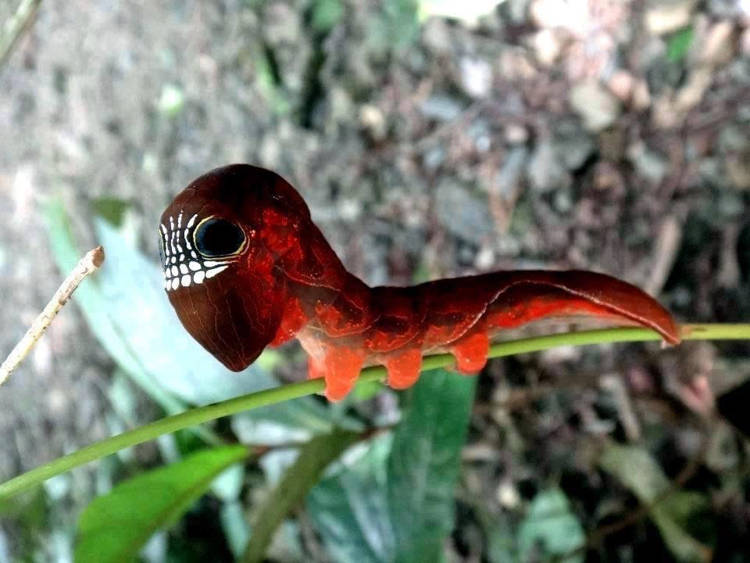
The caterpillar of the rare pink underwing moth has a very peculiar defense mechanism. When disturbed, it suddenly arches its back to reveal a pair of large, frightening eyes and what looks like a two rows of barred teeth. The pink underwing moth is a rare and enigmatic insect found from subtropical New South Wales […]
The Fish That Mimics a Dead Tree Leaf to Catch Unsuspecting Prey
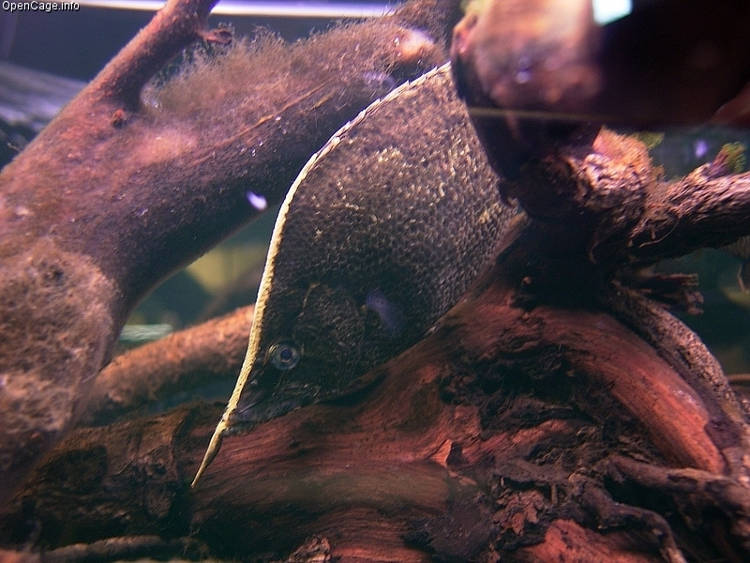
The South American Leaf Fish is a remarkable predator that relies on almost perfect camouflage and patience to both ambush unsuspecting prey, and escape larger predators. Native to the Amazon basin in Bolivia, Brazil, Colombia, Peru and Venezuela, the aptly-named leaf fish does a great job of imitating a dead leaf floating near the bottom of the river. Not only has it […]
The Malayan Leaf Frog Lives Up to Its Name
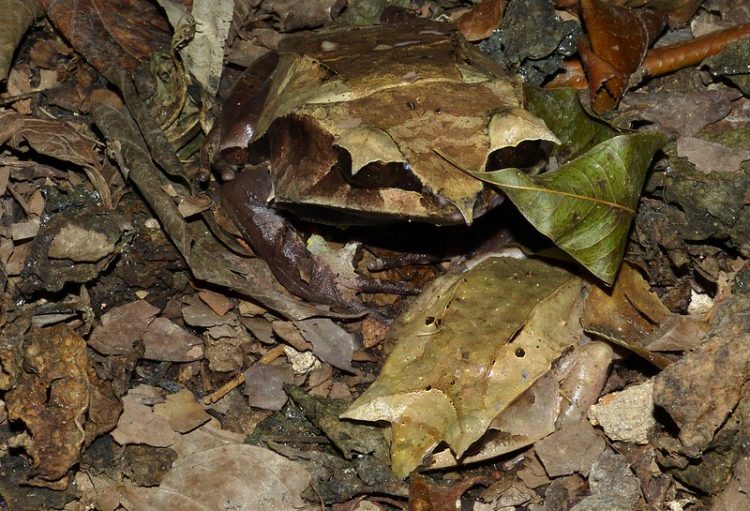
The Malayan leaf frog, a.k.a long-nosed horned frog, is one of the most remarkable creatures on Earth, at least in terms of natural camouflage. We’ve featured some truly impressive masters of camouflage in the past, from the dead leaf butterfly to a plant that evolved to mimic the rocky terrain it grows on, but the […]
This Dead Leaf Is a Perfectly Camouflaged Butterfly

Kallima inachus, a species of nymphalid butterfly found in India and Japan, is known as the orange oakleaf or dead leaf butterfly for a very good reason – with its wings closed, this butterfly closely resembles a dried tree leaf. It’s been said that the kallima inachus butterfly mimics a dead leaf better than an […]
This Asian Moth Is Probably Nature’s Ultimate Camouflage Master
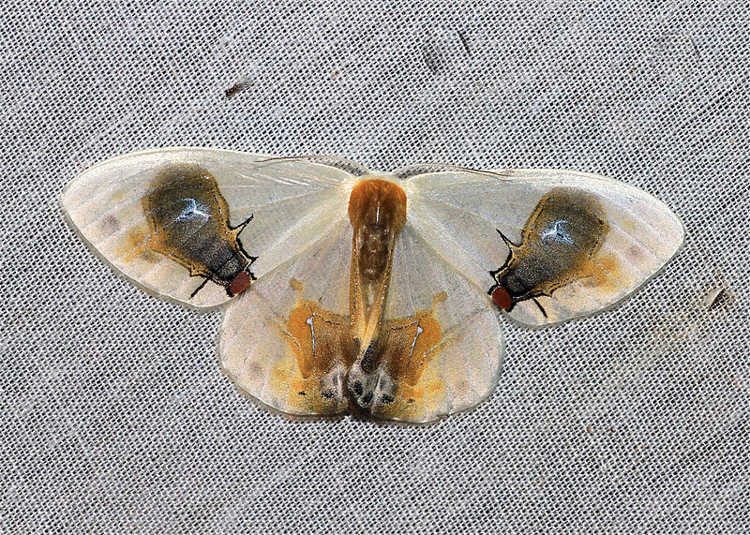
We’ve seen plants and insects posing as something else entirely in order to confuse their natural predators, but Macrocilix maia, a moth native to Southeastern Asia, takes mimicry to a whole new level by literally painting an entire scene on its wings. Looking at a Macrocilix maia moth, it’s impossible to ignore the scene painted […]
